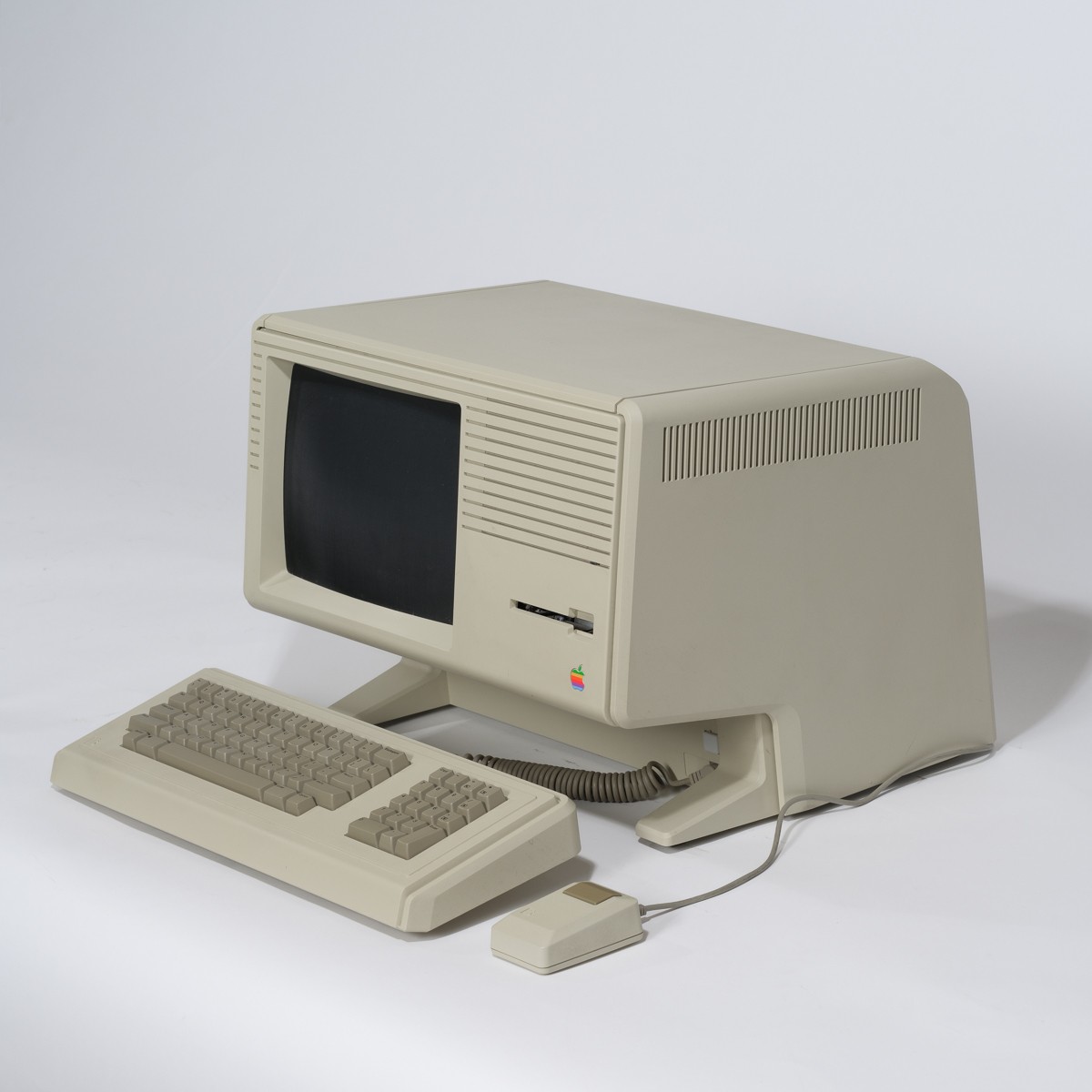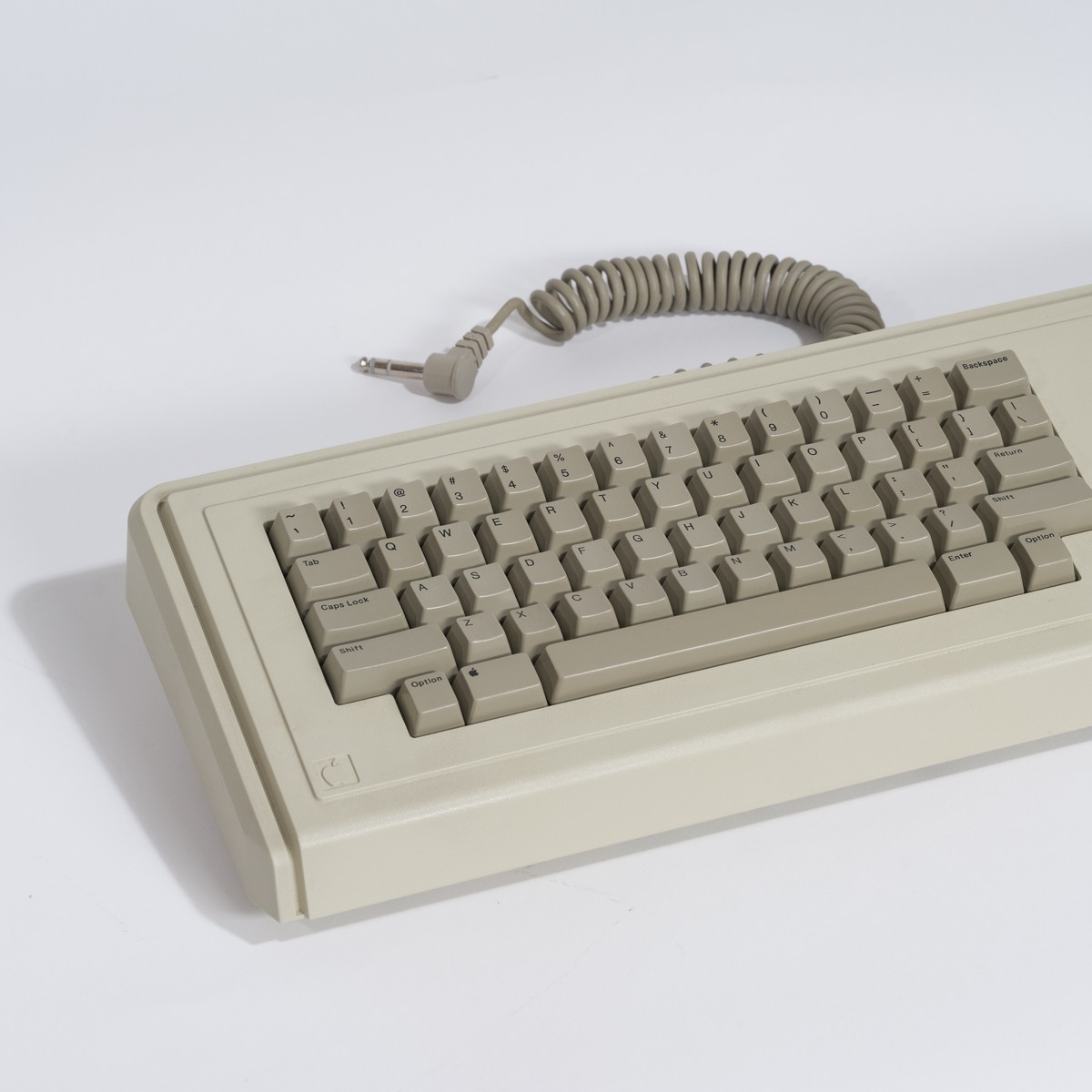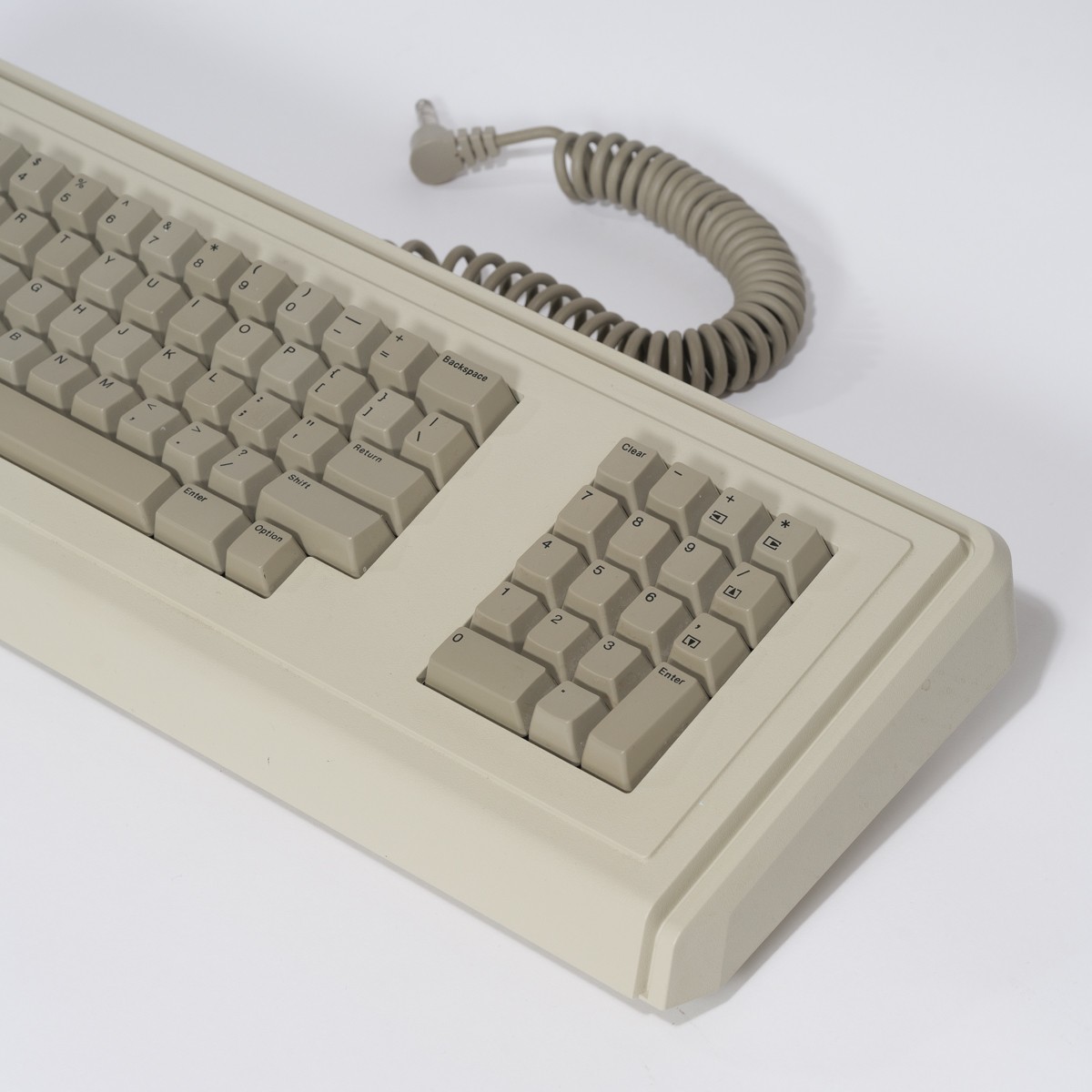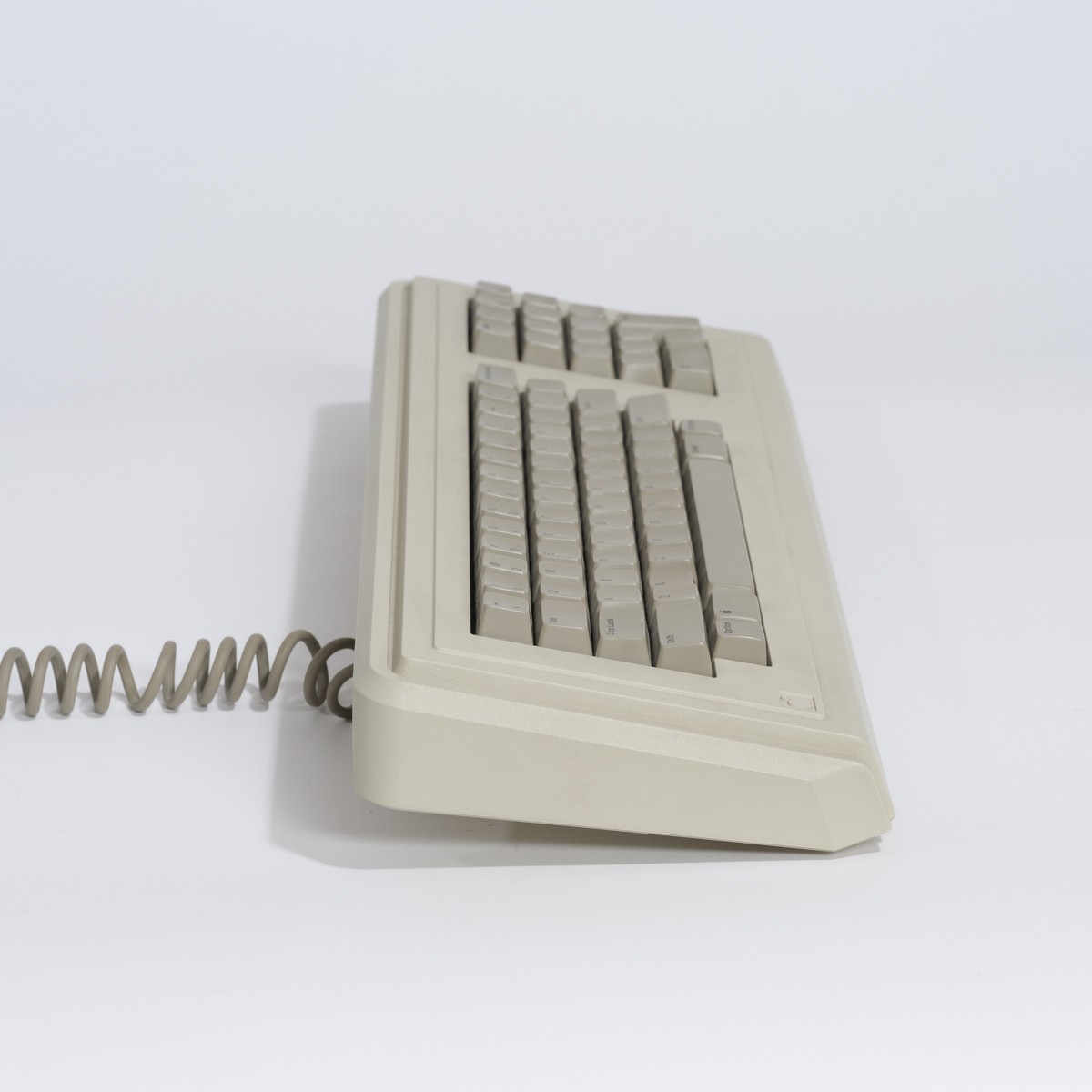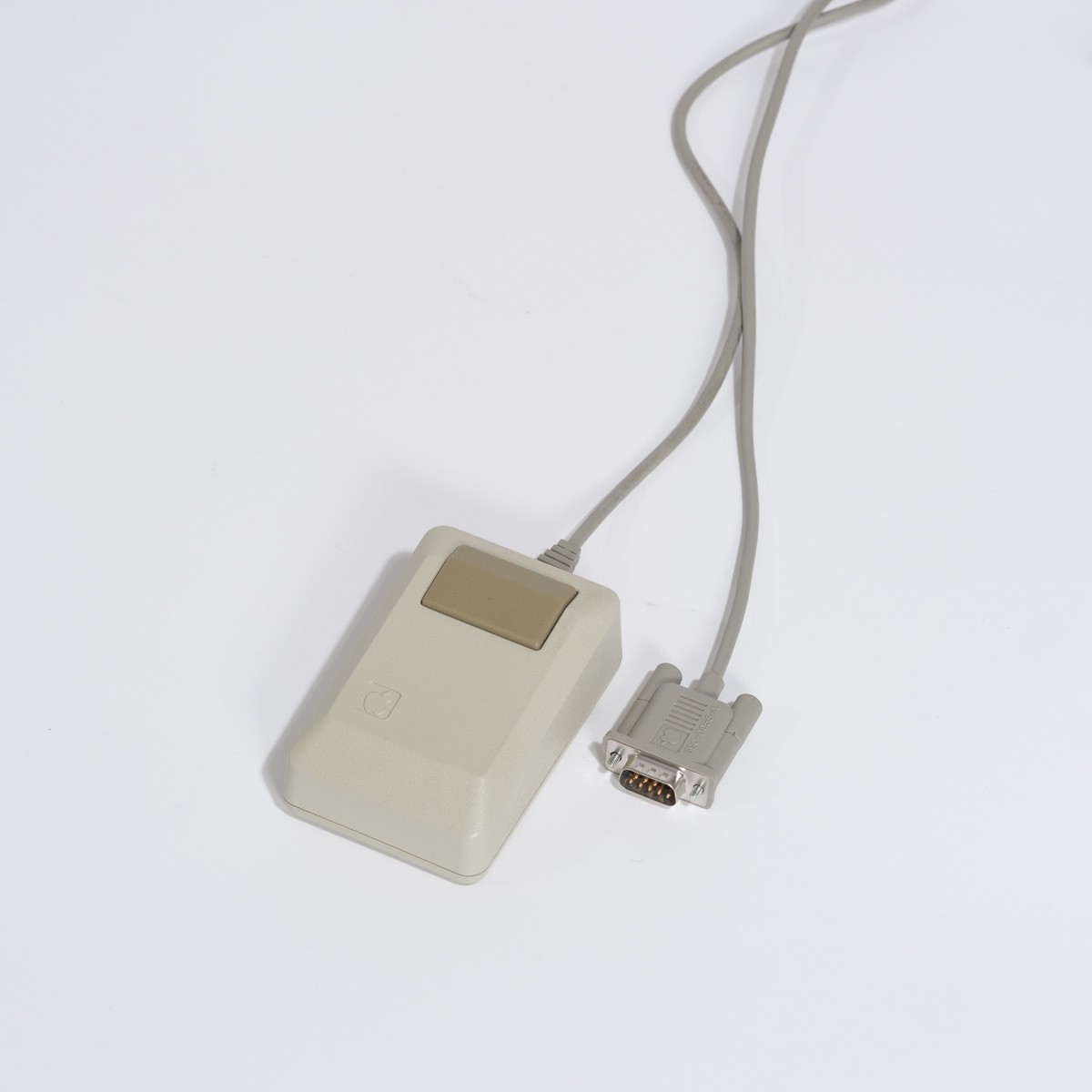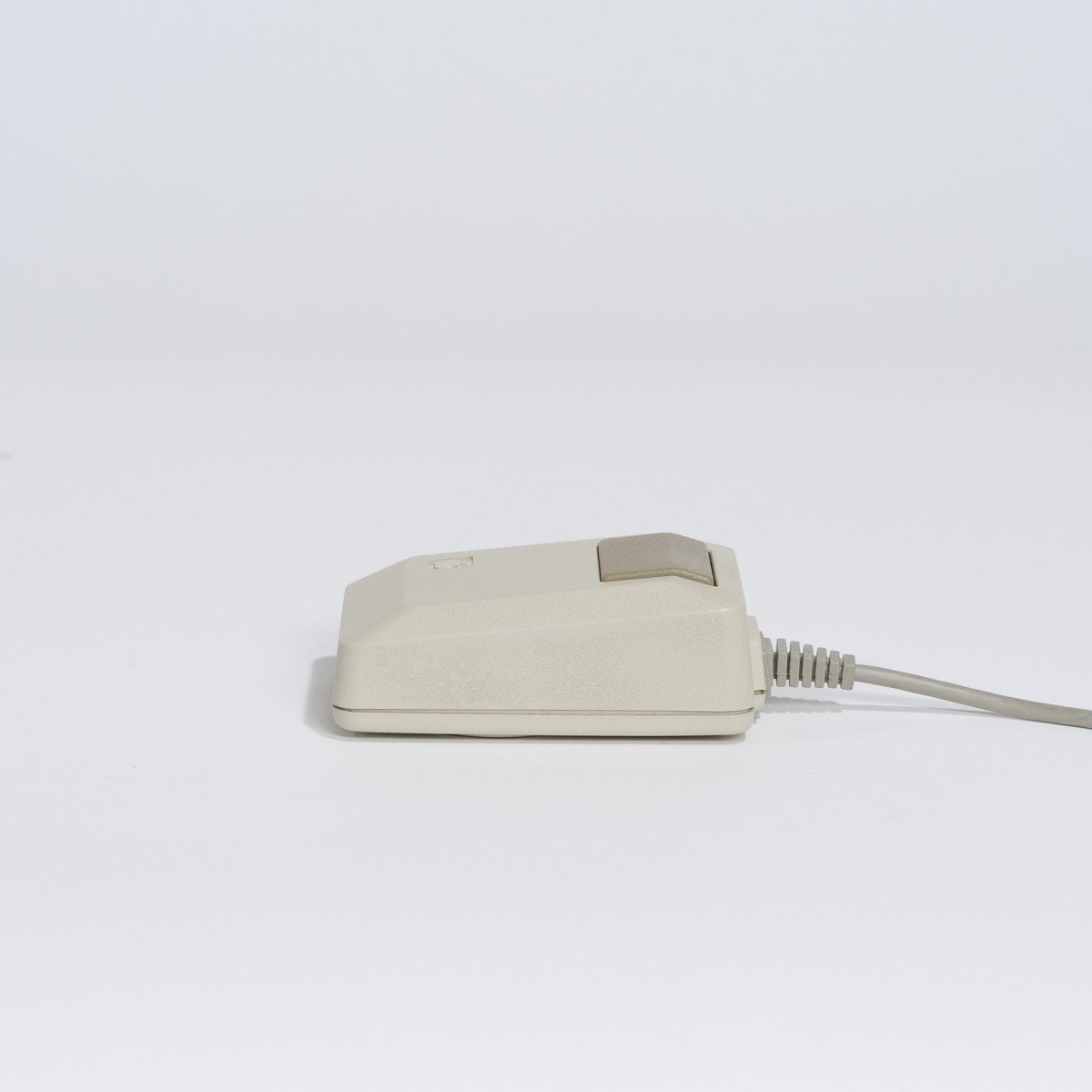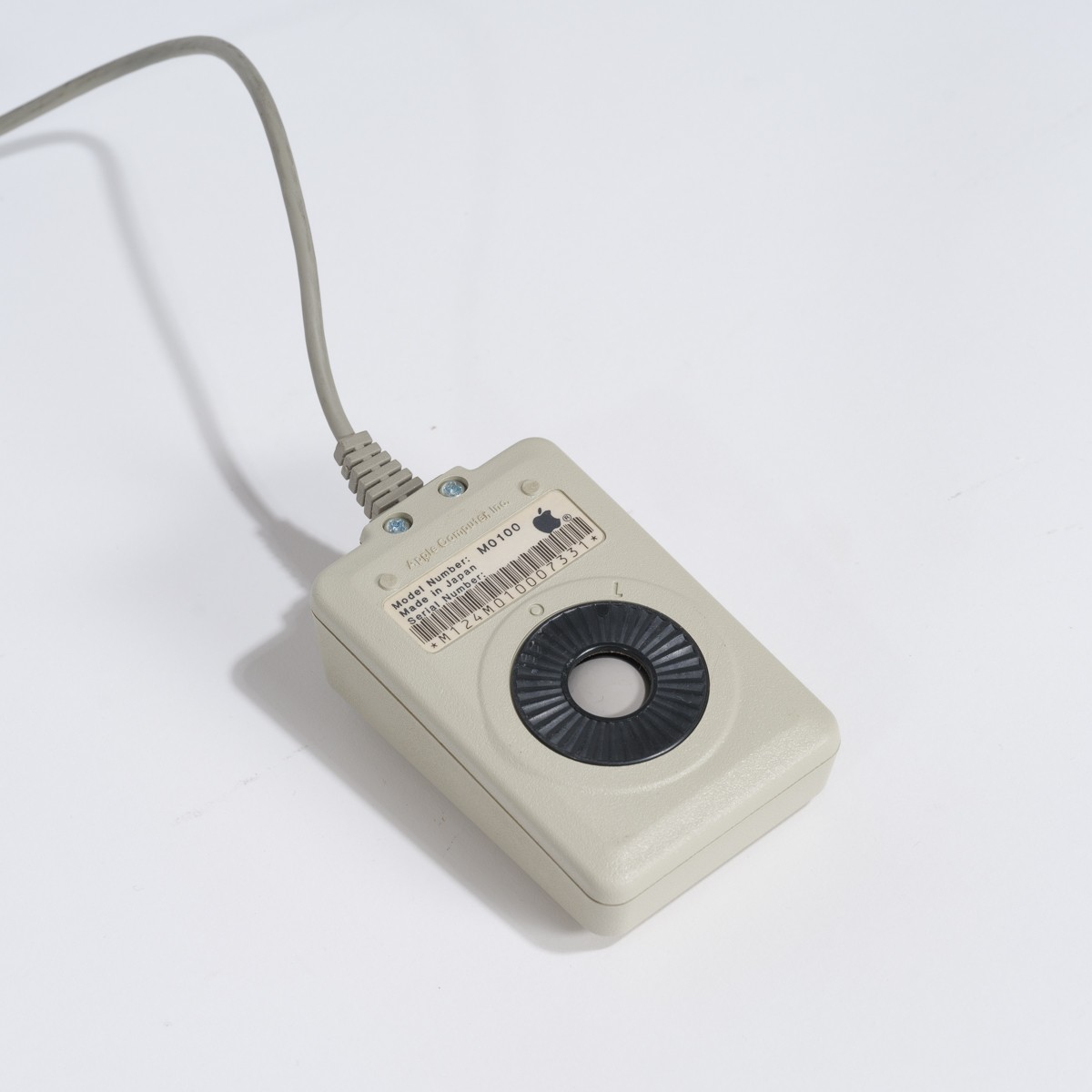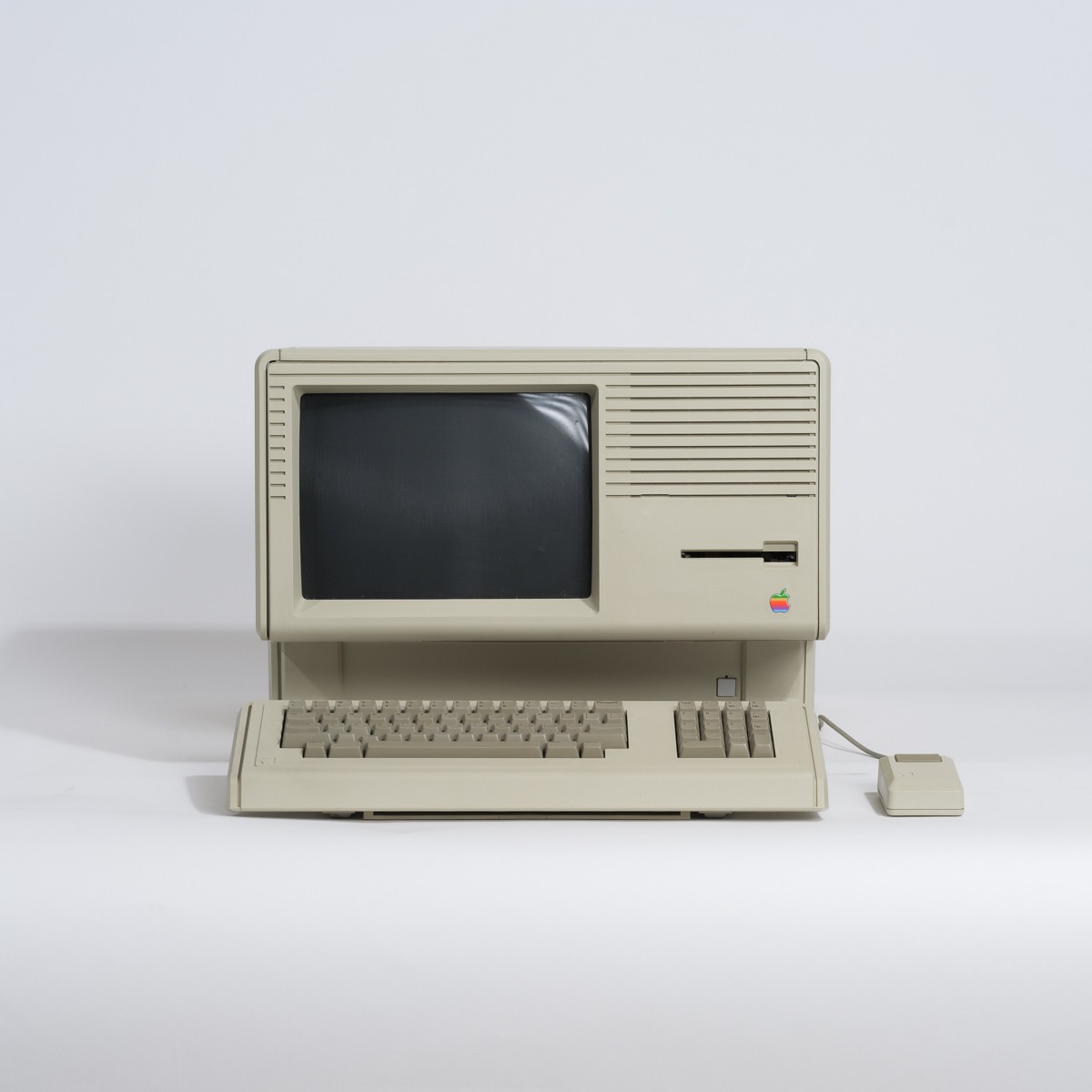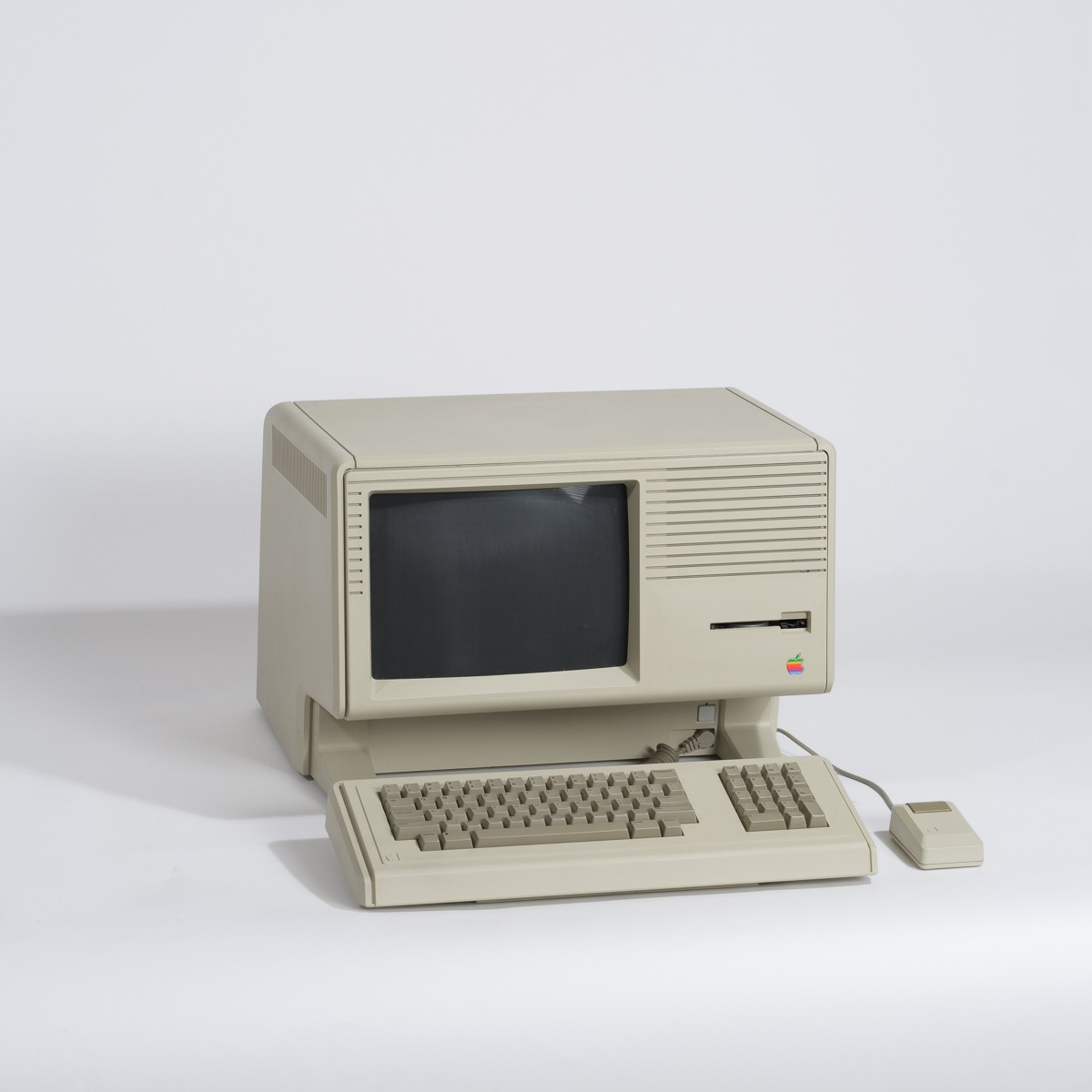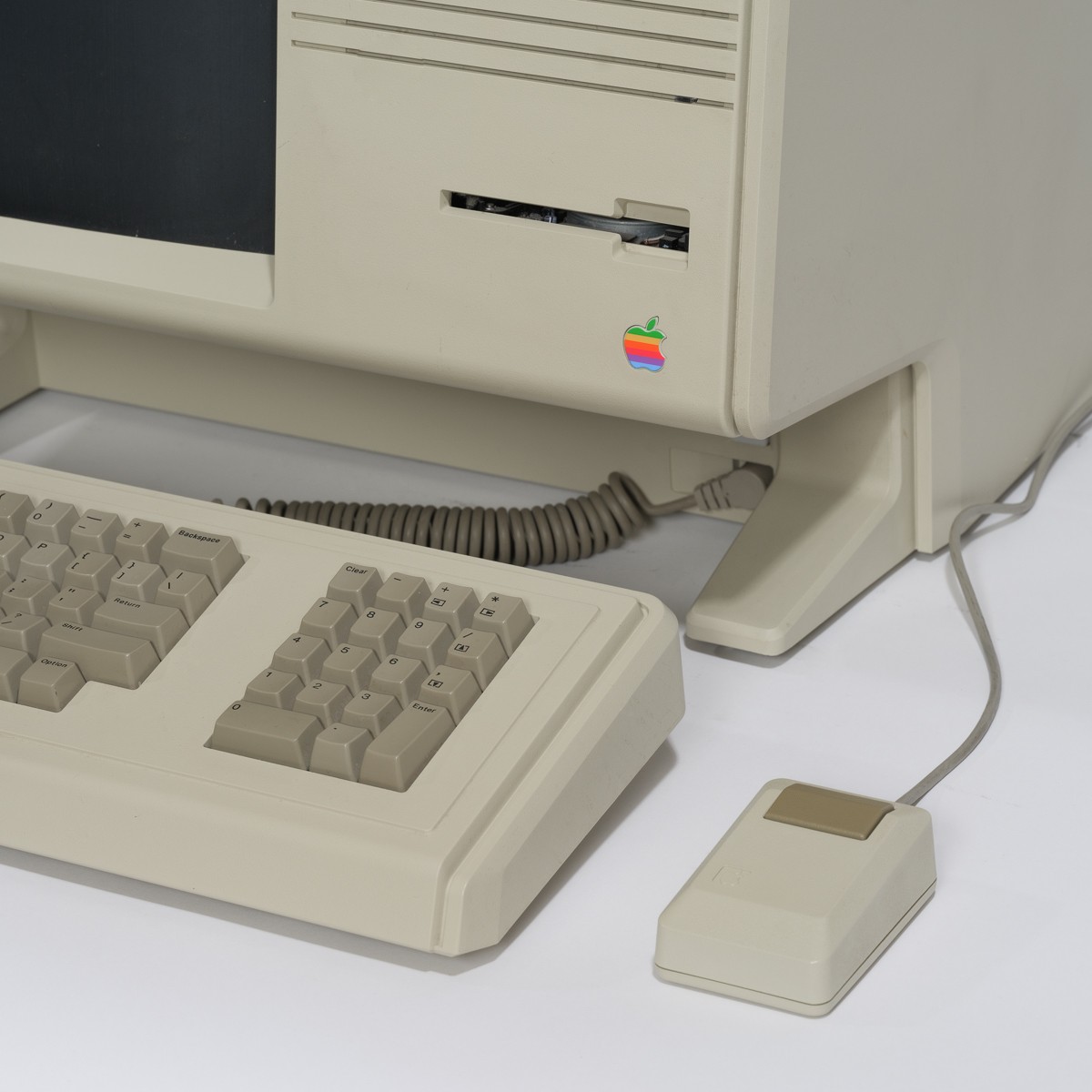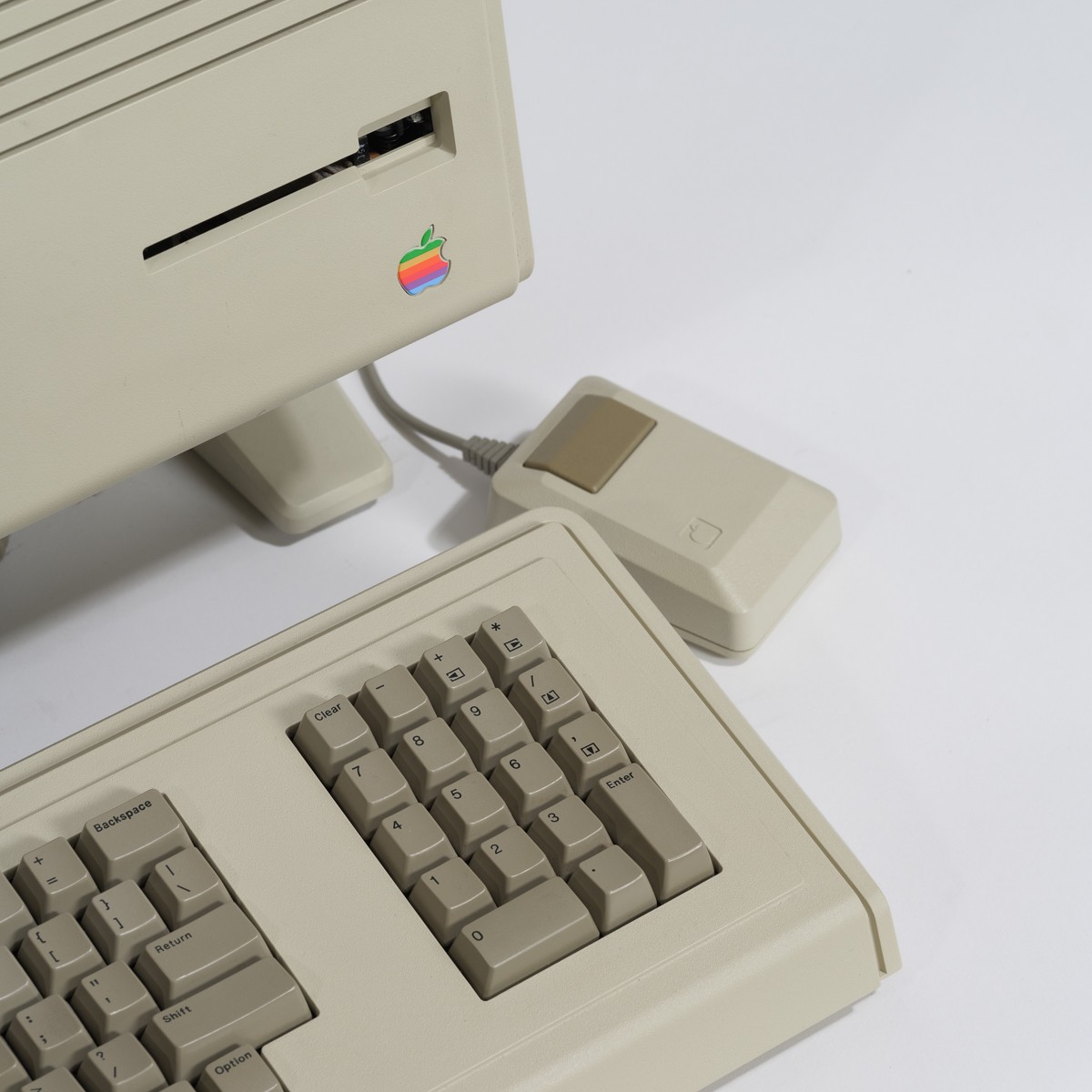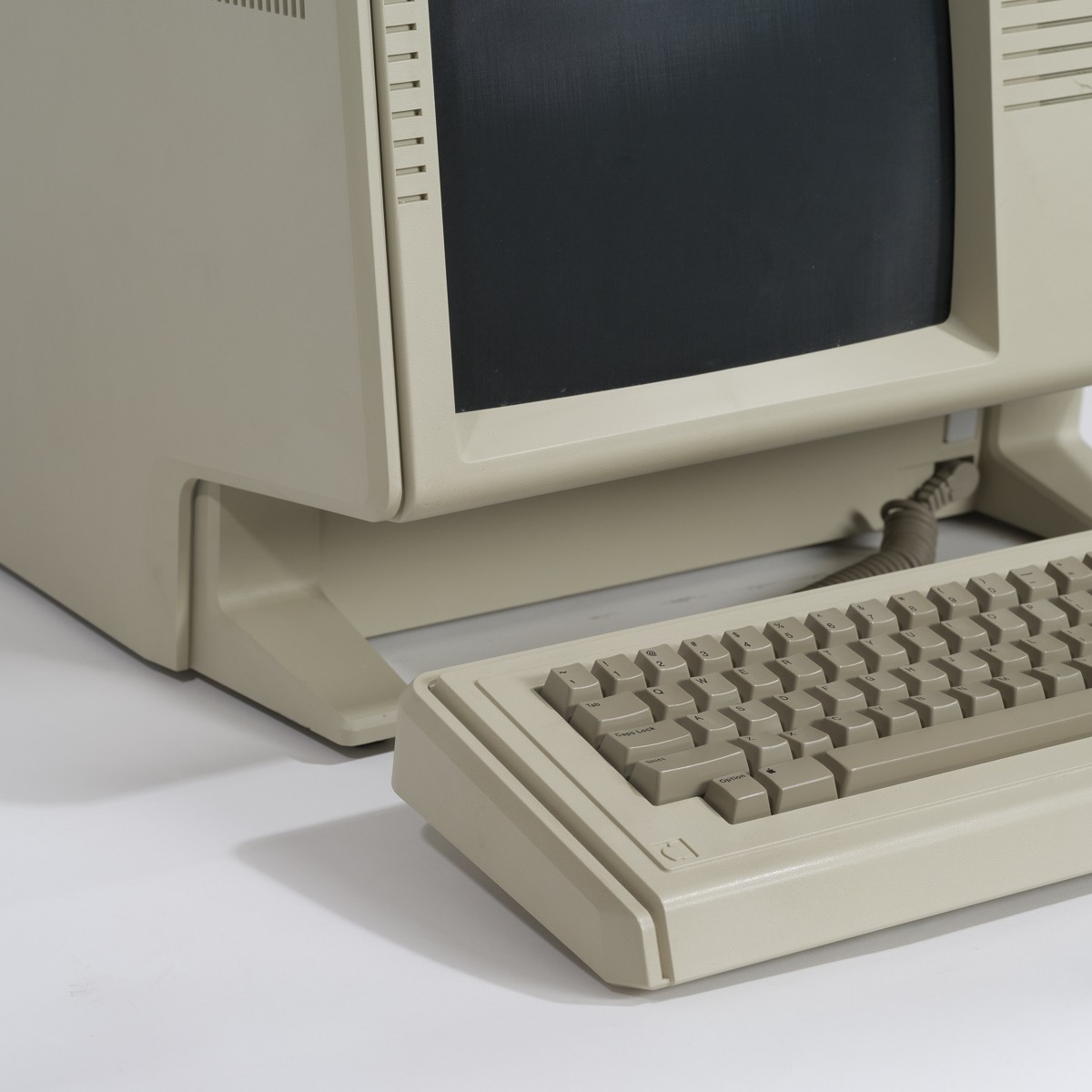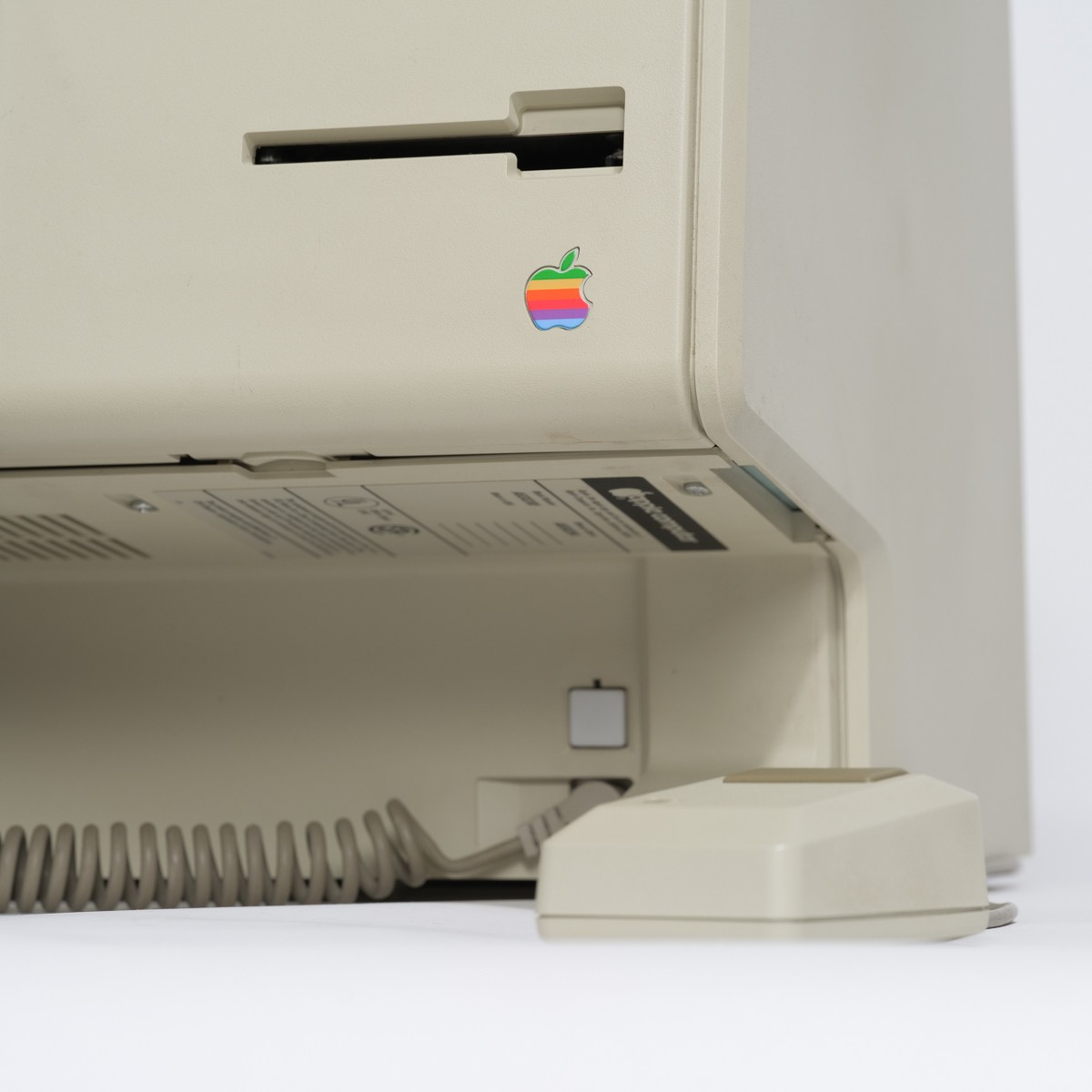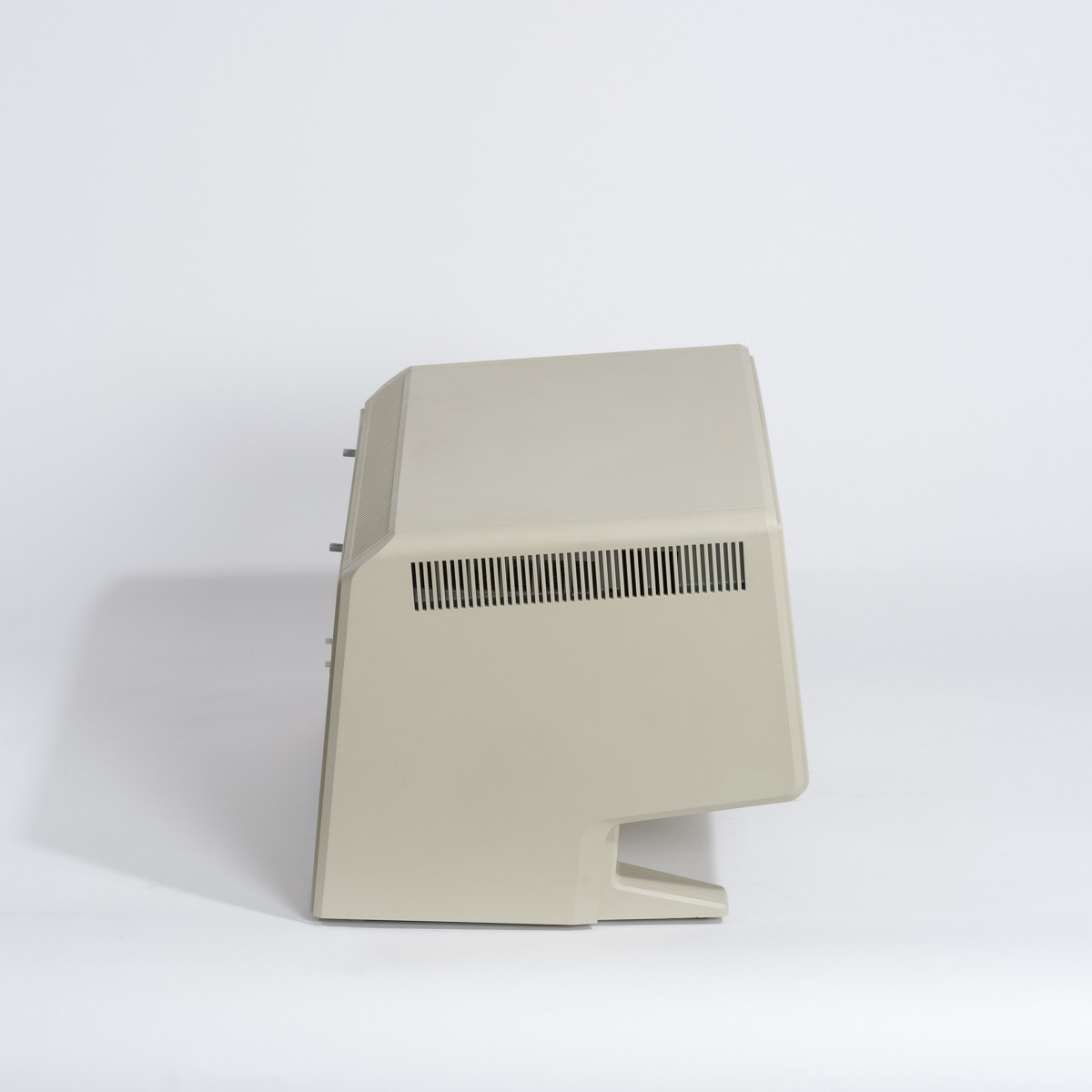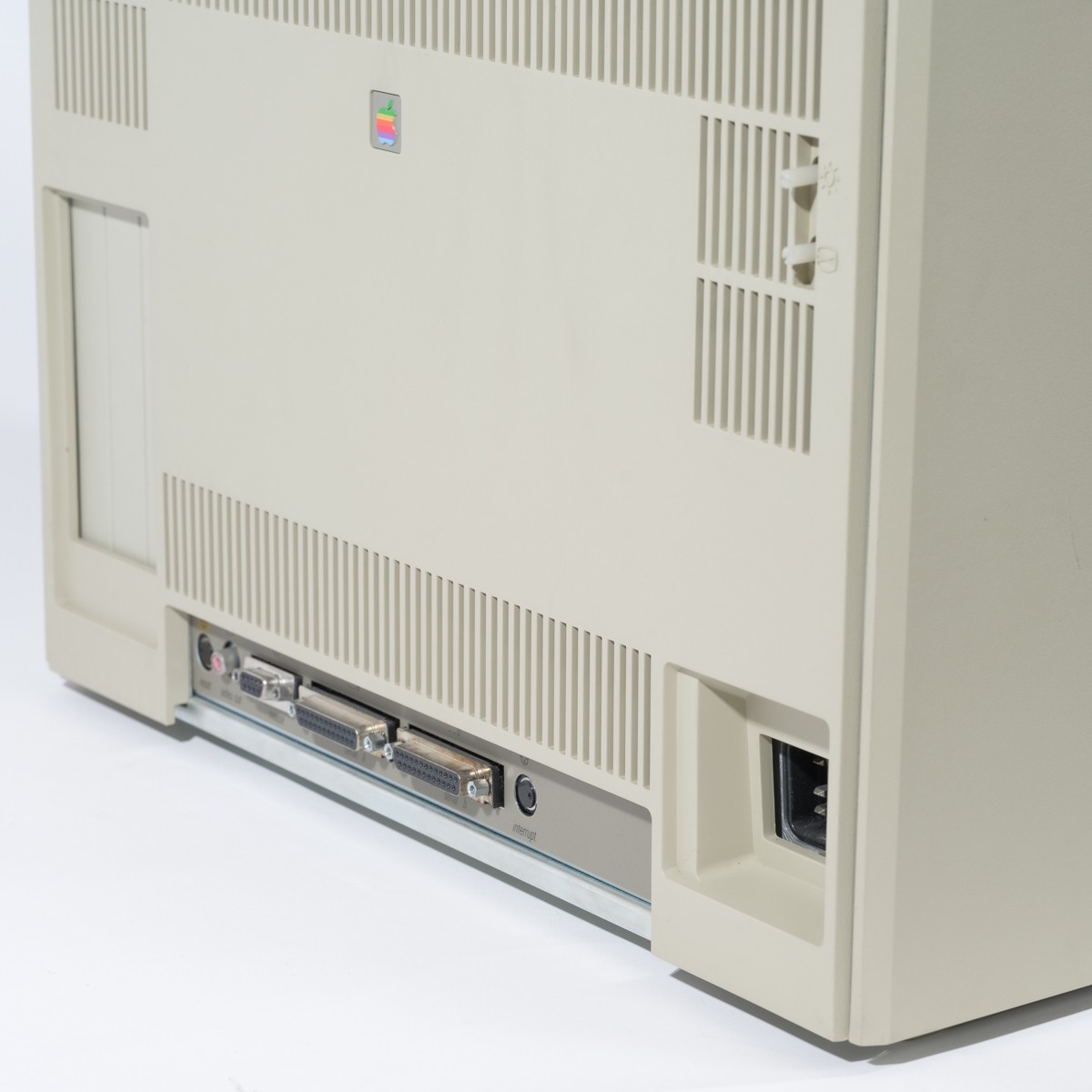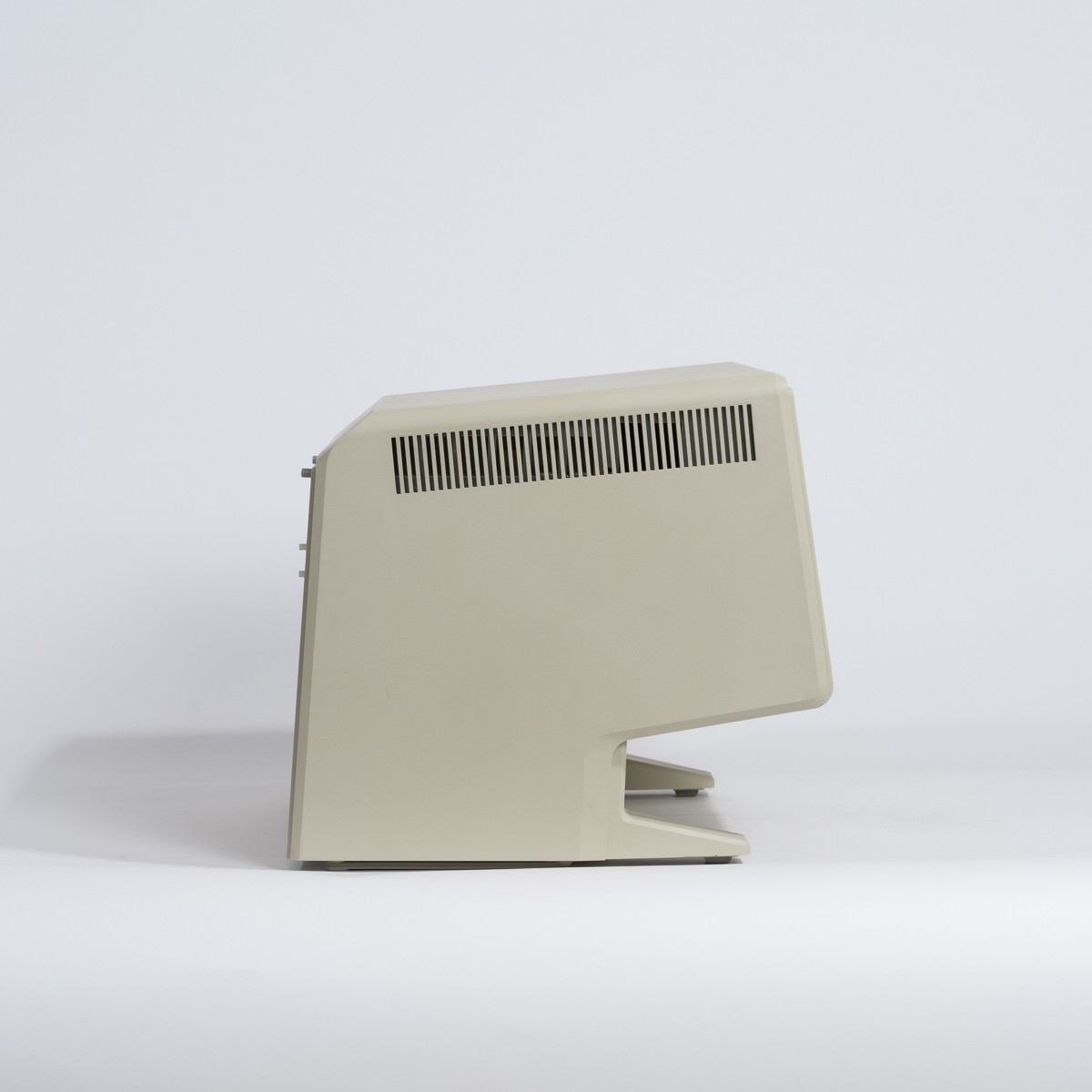Apple Lisa
The Apple Lisa, released in 1983, was the first personal computer to feature a graphical user interface (GUI), allowing users to interact with the machine through icons and menus. Although expensive and commercially limited, the Lisa laid the groundwork for the Macintosh and influenced the future of computing interfaces. Despite its challenges, the Lisa represented a pivotal step and was a revolution of personal computers. Its innovative design set the stage for modern GUIs, securing its place in tech history as a groundbreaking, if underappreciated, product.
Technical Characteristics
Desktops
A6S0200
5 MHz Motorola 68000
1 MB (expandable to 2 MB)
Dual 5.25-inch floppy disk drives (known as "Twiggy" drives), each capable of holding 871 KB of data, Optional 5 MB external hard drive (Profile)
12-inch monochrome CRT display, resolution: 720x364 pixels
1-bit black and white display (monochrome)
Built-in speaker for basic sounds (alert beeps, etc.)
1 x Parallel port for printer, 1 x Serial port, 1 x Apple proprietary keyboard port, Expansion slots: 2 internal slots for additional hardware (networking cards, memory upgrades, etc.)
Full-sized keyboard (numeric keypad included), one-button mouse (the first commercially available computer to use a mouse)
Approximately 22.7 kg
Height: 140 mm, width: 470 mm, depth: 380 mm
Lisa OS (the first graphical user interface from Apple)
Internal power supply (standard AC plug)
